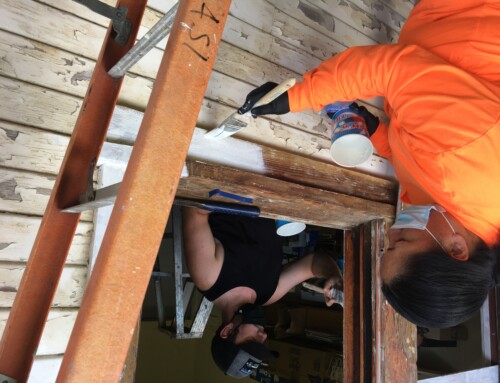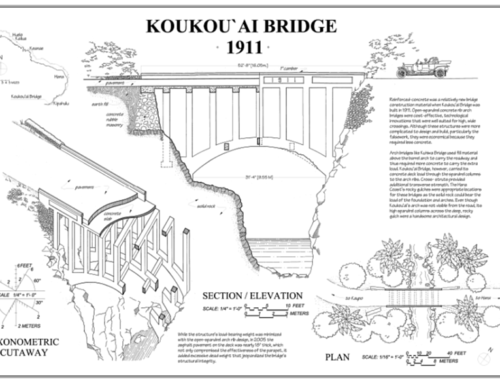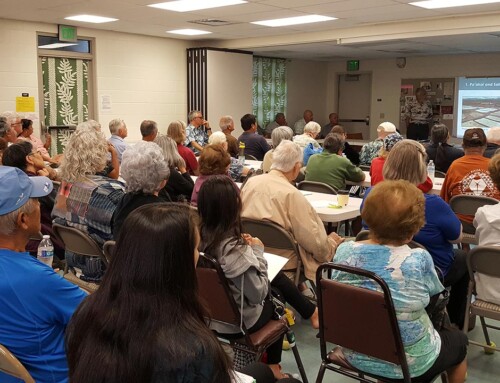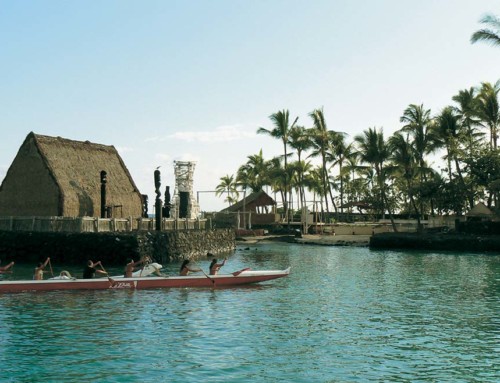By Megan Borthwick, Preservation Program Manager
Owning and managing properties that include historic resources comes with a responsibility for stewardship of those historic properties. Historic and cultural resources provide the sense of place that connects people with their past, thereby serving the public interest. Though some historic and cultural resources may be located on private property, those resources should be managed for the public good.
Stewardship of cultural and historic resources on public lands has been regulated in the United States since the turn of the 20th century with the establishment of the 1906 Antiquities Act. The act made it illegal to take or vandalize archaeological resources. Enforcement of the law fell to the managing agency, yet penalties of violating the law consisted of misdemeanor charges which could result in a small fine or a short jail time. It was not until the late 1970s, within the context of the environmental movement, that the Archaeological Resource Protection Act instituted higher fines and longer jail time for those who took or vandalized archaeological resources on federal lands.
Within this same time period, the State of Hawai‘i established a statewide historic preservation law known as Hawai‘i Revised Statute Chapter 6E. In it, the State established its preservation policy and the State’s responsibility for historic and cultural resources. Much like the federal laws, protection of resources is largely limited to state-owned land. Chapter 6E states that it is “unlawful to take, appropriate, excavate, injure, destroy, or alter any history property or aviation artifact on land owned by the state, or in the case of privately-owned land, without the permission of that owner.”
Private landowners are required to give the State Historic Preservation Division the opportunity to comment on changes or alterations to historic properties. Penalties are restricted to fining the violator between $5,000 and $10,000 each day of the violation. On the local level, City and County of Honolulu adopted an ordinance to clarify its stewardship responsibilities. Section 24 1.6 of Revised Ordinances of City and County of Honolulu states that “the continued use, enhancement or preservation of such areas, sites and structures shall be incorporated or promoted in any applicable action by the city. Such actions shall be permitted in all areas designated for any use on the land use map. Adjacent development shall complement registered properties with appropriate building facades, setbacks, scale, heights and compatible uses.”
In the federal, state, and city regulations, the intent of stewardship is clear, yet means of enforcement and penalties for violators of these laws is not strong enough or specific enough to deter those who would do damage to historic and cultural resources. Consultation between community members, interested parties, and the federal or state agency required by the National Historic Preservation Act of 1966 or Hawai‘i Revised Statute Chapter 6E is often the only protection afforded cultural and historic resources during projects. Yet, historic and cultural places have an inherit value to society as a whole, though many belong to individual private owners such as houses and commercial buildings, they lend to the greater good in creating and sustaining communities through a sense of place and the connection of people and past.
When we hear stories about the destruction of significant historic properties violators are often charged only with vandalism or trespassing. It becomes clear that we need to enact specific information rules and a higher sense of what stewardship ought to be in order to protect our heritage for the future. The strongest protection for resources resides with community members and organizations working to advocate for our heritage resources. Preservation starts at the grassroots level, beginning with identification of resources in your community. and requires advocates when developers, agencies, or private owners threaten the integrity of historic properties.
Sources:
National Park Service “Brief 11: Legal Background of Archaeological Resources Protection” Department of the Interior, NPS Archaeological Program, Washington DC, September, 1991. http://www.nps.gov/history/archeology/pubs/techbr/tch11A.htm








